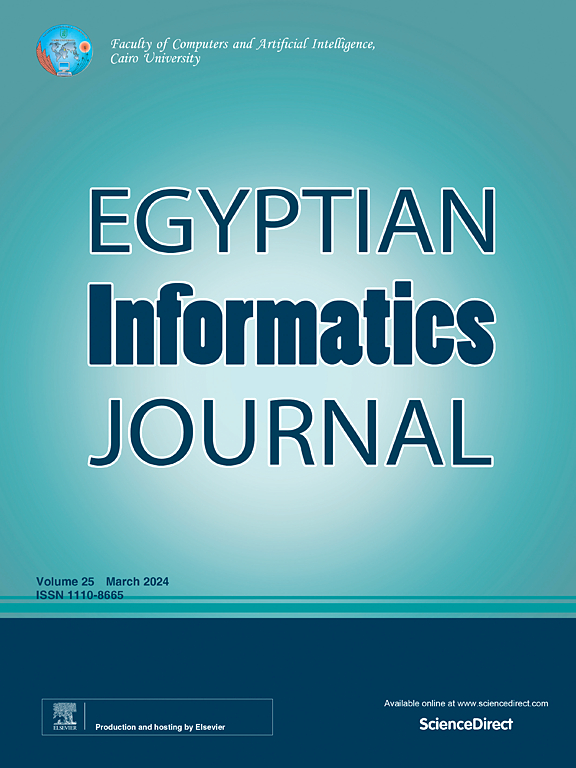Purifying Kopi Luwak beans with precise RL-based proximal policy optimization using visual transformer with FRD
IF 4.3
3区 计算机科学
Q1 COMPUTER SCIENCE, ARTIFICIAL INTELLIGENCE
引用次数: 0
Abstract
Among the world’s rarest and costliest coffee beans, luwak beans, after being extracted from the Asian palm civet, a small mammal native to Southeast Asia, and Traditionally beans are harvested, washed, and roasted. Previously cleaning process of luwak beans was a traditional and meticulous practice through hand wash which involves collection, sorting, and pre-washing with water to remove larger pieces of debris and clinging pulp. Cleaning hand-luwak beans with the traditional methods might cause inconsistent quality, potential hygiene concerns, time-consuming and labor intensive. Integrated cleaning units will delicately de-pulp, wash, and dry beans in the proposed method. Features may include color, size, shape, and texture, which are crucial indicators of bean quality. Machine learning algorithms and vision transformers built on picture data will assist the robot’s arms in removing pulp without damaging beans delicately. Controlling drying settings precisely ensures quality and prevents over-drying. The proposed system leverages a Visual Transformer, a powerful image recognition architecture, enhanced with Feature Recombination and Distillation (FRD) for improved accuracy and efficiency. Combining RL with Proximal Policy Optimization (PPO) and a Visual Transformer with Feature Recombination and Distillation (FRD) for visual input processing. Training the RL agent to identify and select high-quality cleaned Kopi Luwak beans based on visual features. They achieved a purification accuracy of 97.57.
基于rl的近端策略优化净化鲁瓦克咖啡
在世界上最稀有和最昂贵的咖啡豆中,luwak豆是从亚洲棕榈果子狸(一种原产于东南亚的小型哺乳动物)中提取出来的。传统上,咖啡豆是收获、洗涤和烘烤的。以前,腊克豆的清洗过程是传统的、细致的手洗,包括收集、分类和用水预洗,以去除较大的碎片和粘稠的果肉。用传统方法清洗手鹿角豆可能会导致质量不一致,潜在的卫生问题,耗时和劳动密集。综合清洗装置将在建议的方法中精细地去除纸浆,洗涤和干燥豆类。特征可能包括颜色、大小、形状和质地,这些都是豆类品质的关键指标。机器学习算法和基于图像数据的视觉转换器将帮助机器人的手臂在不损坏豆子的情况下去除果肉。精确控制干燥设置可确保质量并防止过度干燥。该系统利用视觉转换器,一个强大的图像识别架构,增强了特征重组和蒸馏(FRD),以提高准确性和效率。结合RL与近端策略优化(PPO)和视觉变压器与特征重组与蒸馏(FRD)的视觉输入处理。训练RL代理根据视觉特征识别和选择高质量的清洗过的Kopi Luwak咖啡豆。纯化精度为97.57。
本文章由计算机程序翻译,如有差异,请以英文原文为准。
求助全文
约1分钟内获得全文
求助全文
来源期刊

Egyptian Informatics Journal
Decision Sciences-Management Science and Operations Research
CiteScore
11.10
自引率
1.90%
发文量
59
审稿时长
110 days
期刊介绍:
The Egyptian Informatics Journal is published by the Faculty of Computers and Artificial Intelligence, Cairo University. This Journal provides a forum for the state-of-the-art research and development in the fields of computing, including computer sciences, information technologies, information systems, operations research and decision support. Innovative and not-previously-published work in subjects covered by the Journal is encouraged to be submitted, whether from academic, research or commercial sources.
 求助内容:
求助内容: 应助结果提醒方式:
应助结果提醒方式:


